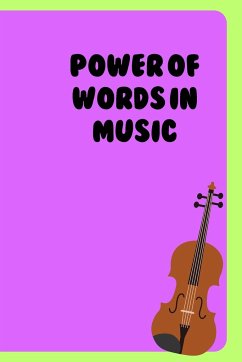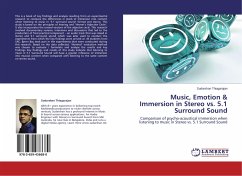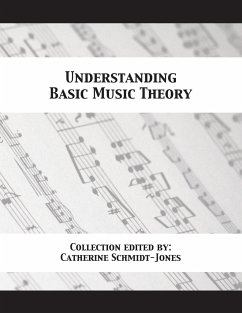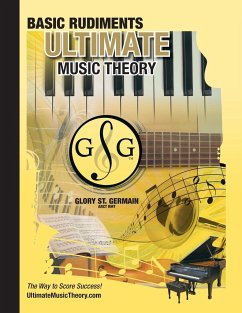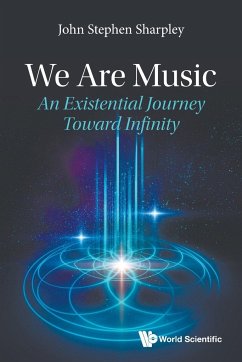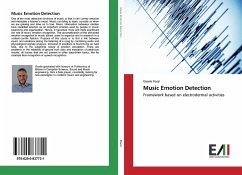
Music Emotion Detection
Framework based on electrodermal activities
Versandkostenfrei!
Versandfertig in 6-10 Tagen
36,99 €
inkl. MwSt.

PAYBACK Punkte
18 °P sammeln!
One of the most attractive functions of music is that it can convey emotion and modulate a listener's mood. Music can bring to tears, console us when we are grieving and drive us to love. Music information behaviour studies have identified emotion as an important criterion used by people in music searching and organization. Hence, it becomes more and more significant the role of music emotion recognition. The automatization of the perceived emotion recognition in music allows users to organize and to research in a content-centric fashion. Purpose of this study is to find a link between music a...
One of the most attractive functions of music is that it can convey emotion and modulate a listener's mood. Music can bring to tears, console us when we are grieving and drive us to love. Music information behaviour studies have identified emotion as an important criterion used by people in music searching and organization. Hence, it becomes more and more significant the role of music emotion recognition. The automatization of the perceived emotion recognition in music allows users to organize and to research in a content-centric fashion. Purpose of this study is to find a link between music and emotions during the listening of a song by combining audio and physiological signals analysis. Inclusion of emotions is found to be an hard task, due to the subjective nature of emotion perception. There are problems in the reliability of ground truth data and evaluation of prediction results, all issues that are not present in other data-driven tasks, like for example face recognition orspeech recognition.



